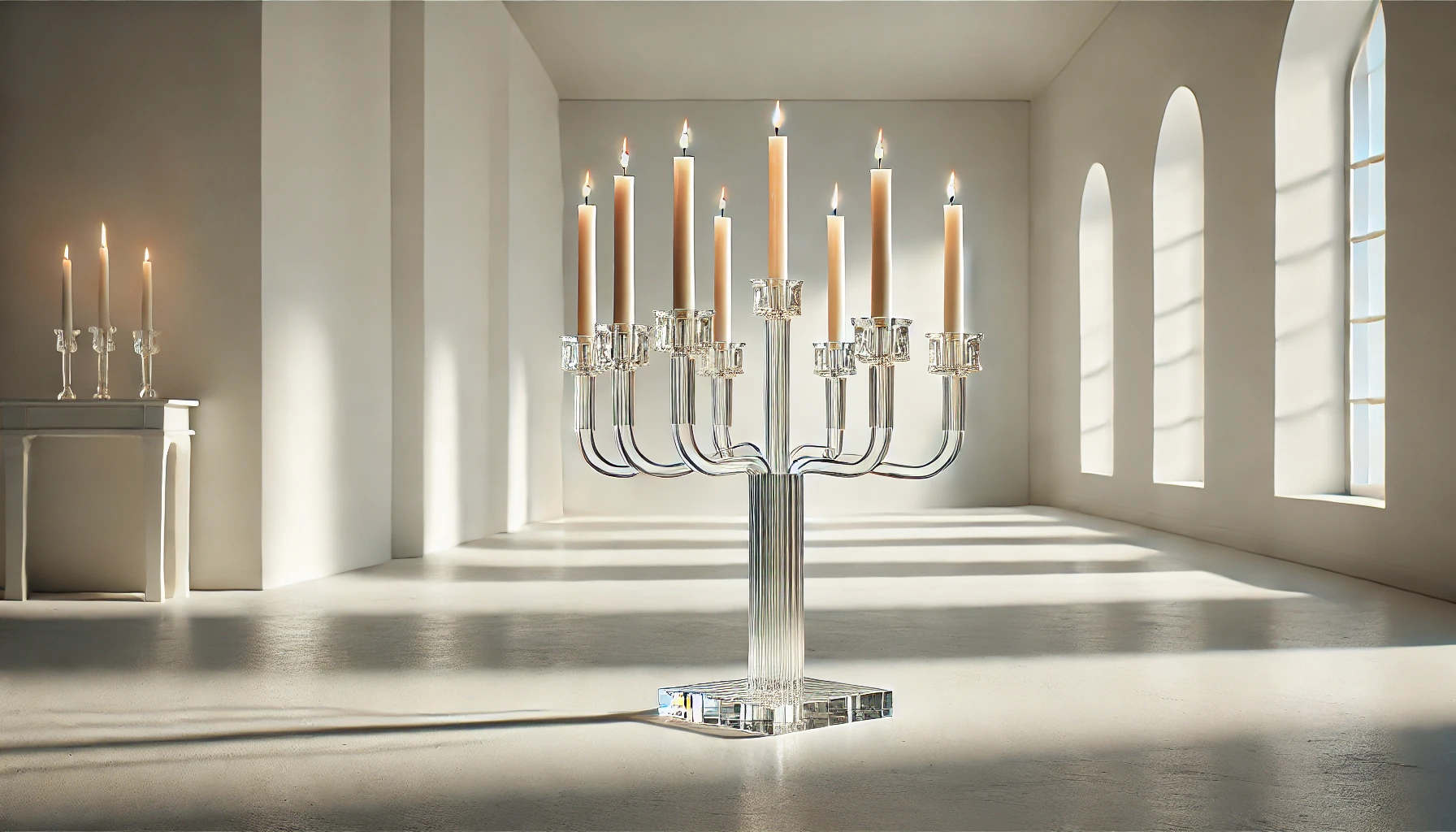
Energy Modalities
Transform Through Breath & Energy
Breathwork
Breathwork is any breathing practice that alters the breath for therapeutic benefits. The breath has been used throughout history as a healing practice. The style I facilitate is a two-part breathing technique with a lineage from India.
Activated breathing creates a slight over-oxygenation within the body, releases adrenalin (epinephrine), and increases cortisol. This causes a short term inflammation—which then causes, once the active breathing session is finished, an extraordinary anti-inflammatory period.
A breathwork session creates a safe container for our physiological stress response—a process which, among other reactions, takes stored energy from the liver and utilises it to build up strength and stamina (1). Blood alkaline levels become balanced, and this in turn increases muscle tone. Long-term benefits of breathwork include building up resilience and boosting the immune system. In fact, breathing practices can help reduce symptoms associated with anxiety, insomnia, post-traumatic stress disorder, depression, and attention deficit disorder (2). Controlling our breath calms our brains. And, of course, like a physical work out, breathwork releases endorphins.
What happens during a breathwork meditation session?…
As you are led through a guided visualisation the active breathing will cause energy to vibrate within your body, activating and integrating any stagnant energy. Discomfort or resistance around blocked energy can merge into bliss, calm, and euphoria as that energy is brought forward to be released, healed, and transformed. For some a session may be a gorgeous overflow of mental and emotional downloads, for others it can be the utter presence of energy within the body. No two sessions are the same.
After the active breath, you will be guided into an integrative rebound phase, as your multi-dimensional self receives nurturing energy channelled through the reiki modality.
Reiki
The healing modality, Reiki, translates to universal energy, or sacred (rei) energy (ki). This energy flows through the practitioner (me) to the client (you), as your body slips into a parasympathetic state (3). It is a technique for stress-reduction and relaxation which promotes healing emotionally, spiritually, intellectually, and physically.
Like most experiences in life, each person's experience with reiki is different, and often varies from session to session. You may get warm, cold, tingly. Some people experience a kaleidoscope of colours, others an absence of anything visual. A range of emotions may arise, or the experience could simply be calming, peaceful, and nurturing.
Paired with breathwork, reiki works to support the rebound period and the integration of anything that may have arisen during the active breathing. By the end of the session you will open your eyes having had a journey to the depths of self and back again, refreshed, revitalised, held.
*On a last note, my matrilineal line is from Japan (my grandmother left Japan as a young woman shortly after the war), and practicing Reiki is for me a very personal connection to my own cultural heritage, much of which—especially in the healing and martial arts—was forbidden for many years in Japan. It is an honour for me to hold and share this work and heritage with you—thank you.